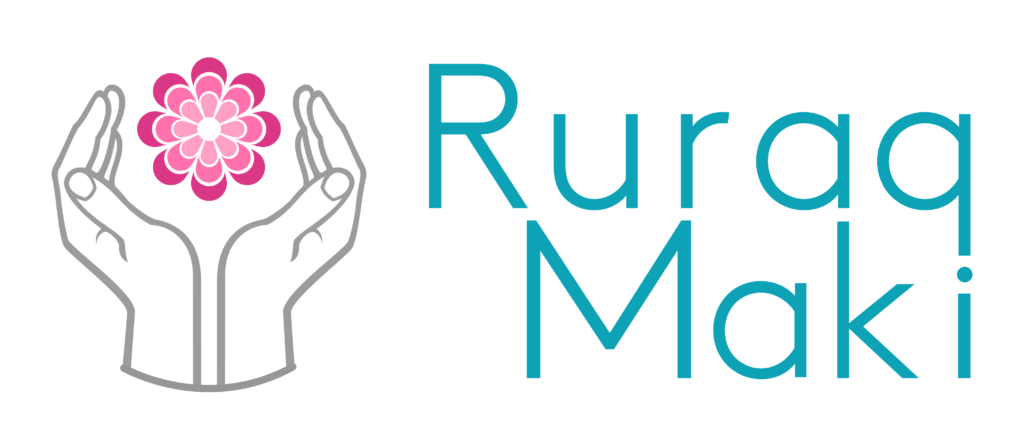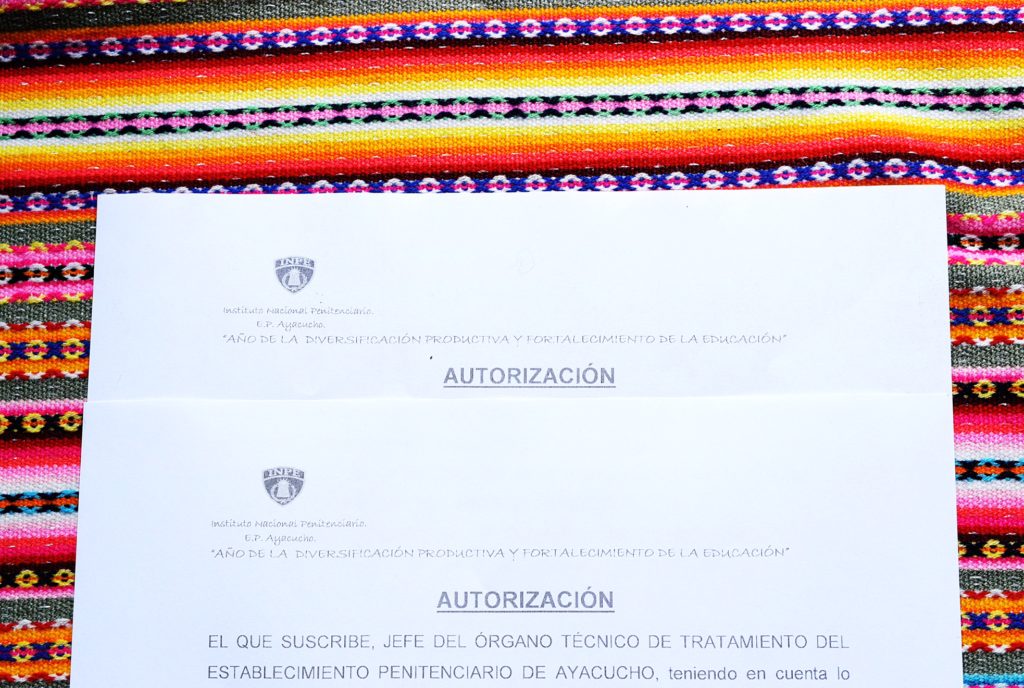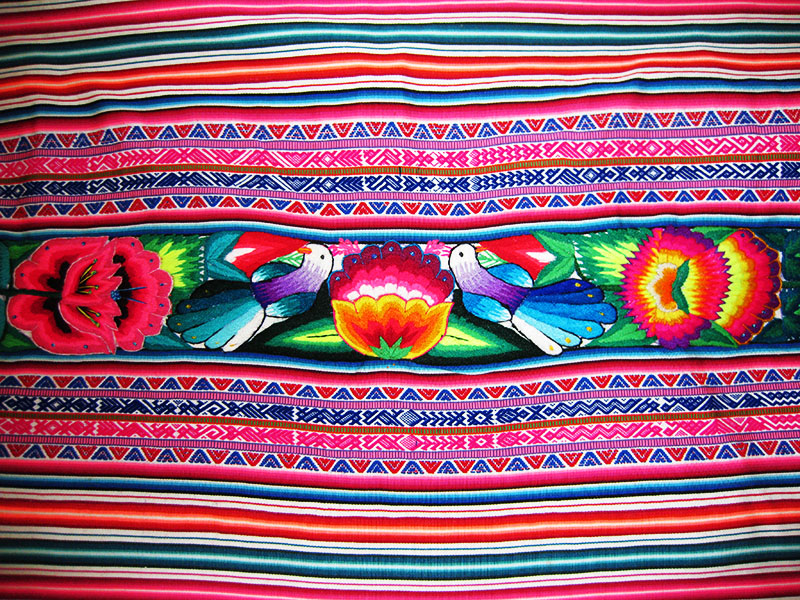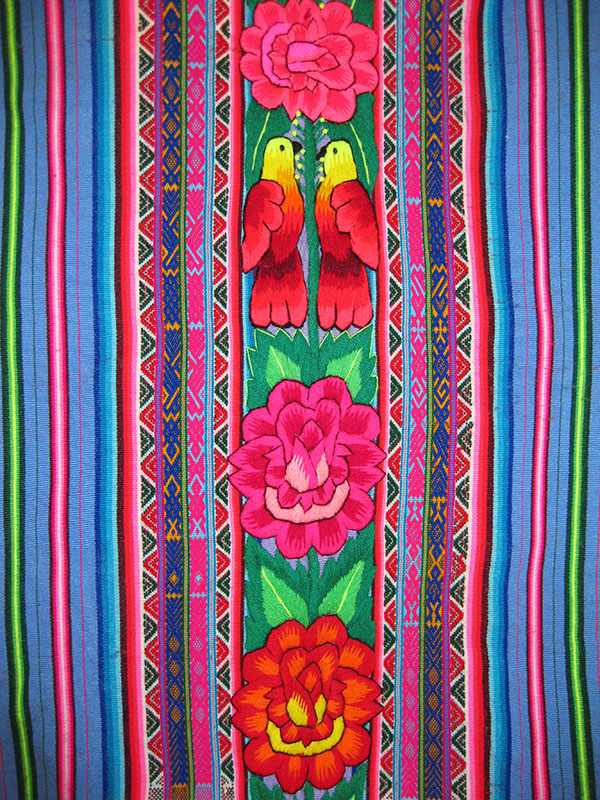Walking up to the prison this morning I had a bucket full of worries about getting in. Would they let me in with my measly received stamp? Would they confiscate my class materials? Would the director be there or would I be forced to wait another day? All of these worries clouded me as I stepped into the prison and was greeted by a stone face new guard I hadn’t met who took his job very seriously.
As it turns out, my received letter wasn’t’ that convincing and the guard made it a point to call the administration for clearance to let me enter. While he was doing this, another guard recognized me and began yelling at him about how I was okay to enter because I was from the NGO Ruraq Maki. Her persistence paired with the administration’s authorization meant it as smooth sailing through the metal detector (with my supplies) and pat down.
When I arrived at the Director’s office he was there and greeted me cheerfully before confirming that everything was fine with my Plan de Trabajo and the new Director of Organo (I still have no idea what this guy does) would write up my permissions. Enter Dr. Castro, a wonderful administrator who made the process extremely easy and stressfree. And, drum roll please, I even have my authorization papers for my next trip! This mean in 6 months I won’t be scrambling around to get my papers day one and two and can begin classes right away. Let’s hear it for more program days!
Even though the process was the simplest it has ever been, it still took an hour and half so the women and I decided to hold off starting the class until we had a full day. Fortunately, I have their papers ready and we can start at 9:30 on Thursday morning.
While with the women we continued working on the pricing for the manta. I had made a draft price list and we went over it and tweaked the amounts based on the cost of the manta. Later, when I got home, I checked these prices against the fair trade calculator and raised the prices to meet a fair trade standard in Peru. I’m excited to give the women the final prices on Thursday because they already agreed that the pricing was very good, and now it is even better with the fair trade standard!
Thursday we get started on the metal stamping class, which will be cross between a jewelry workshop and putting business strategies to practice.















